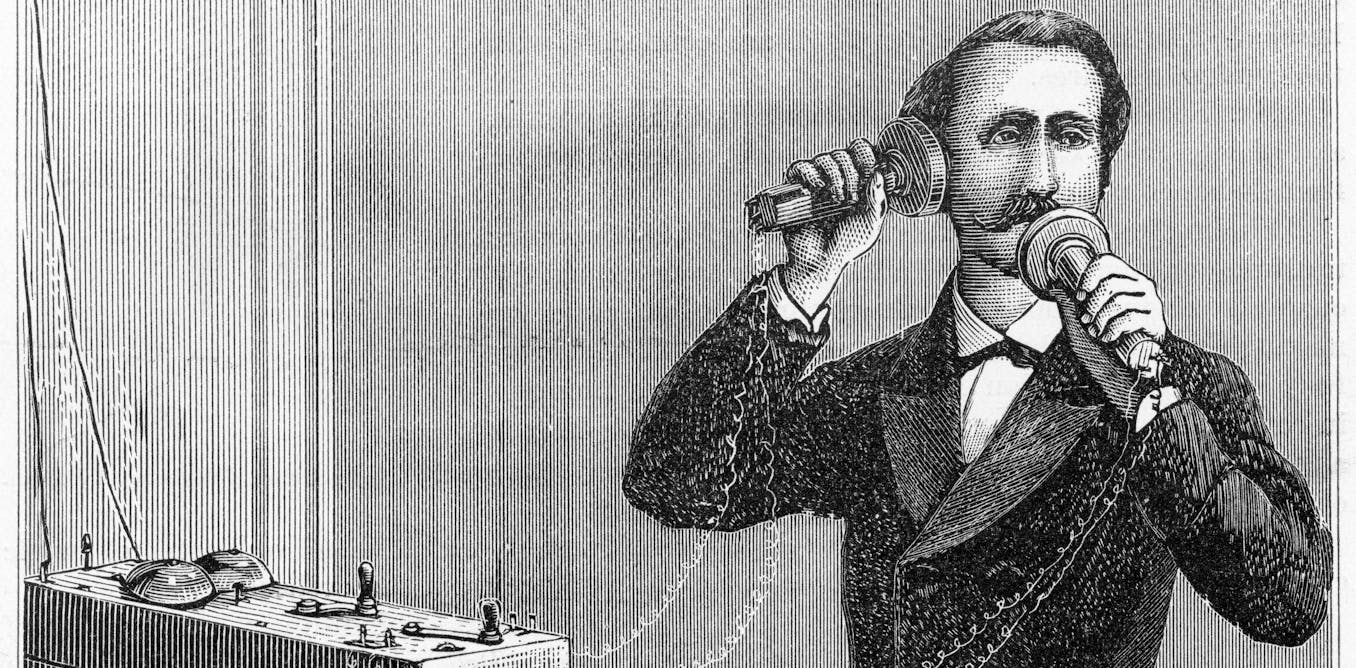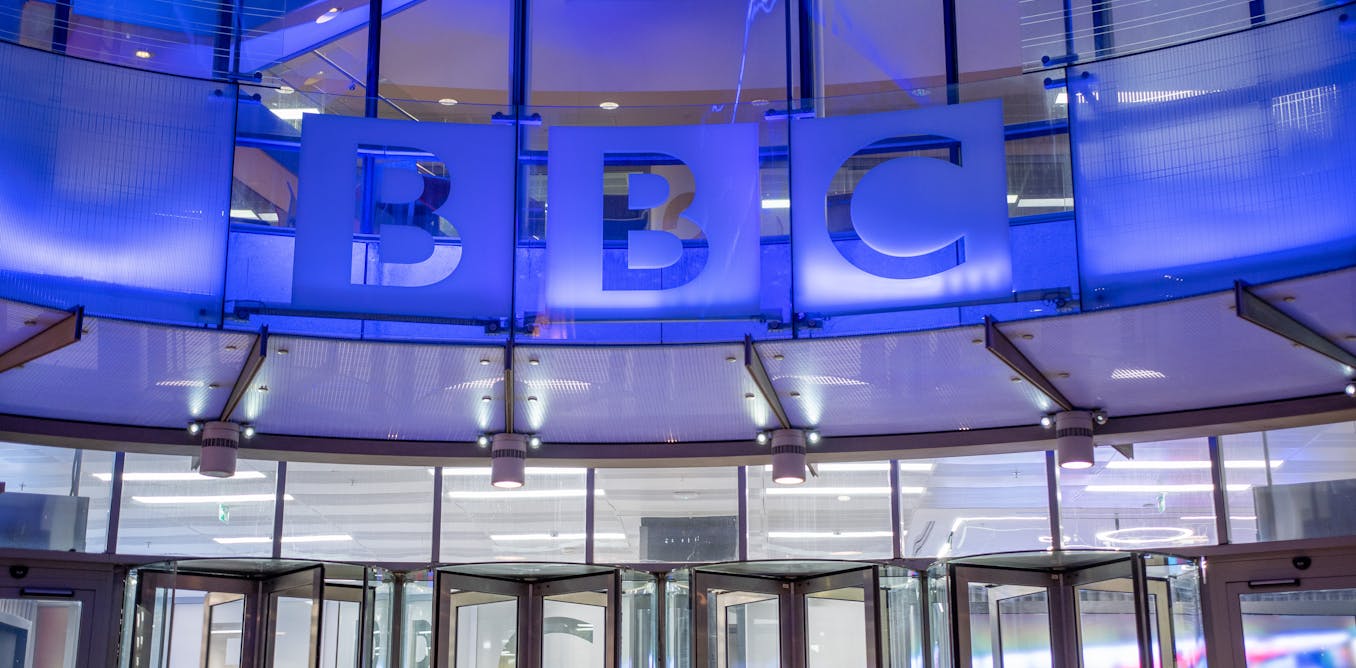A wave of proposed social media bans for young people has swept the globe recently, fuelled by mounting concern about the apparent harm the likes of TikTok, Instagram and Snapchat can cause to vulnerable minds.
Australia was the first to announce restrictions on people under 16 having a social media account. New Zealand may soon follow, and Denmark’s prime minister recently declared her country would ban social media for under-15s, accusing mobile phones and social networks of “stealing our children’s childhood”.
The moves are part of a growing international trend: the United Kingdom, France, Norway, Pakistan and the United States are now considering or implementing similar restrictions, often requiring parental consent or digital ID verification.
At first glance, these policies appear to be about protecting young people from mental health harm, explicit content and addictive design. But beneath the language of safety lies something else: a shift in cultural values.
The bans reflect a kind of moral turn, one that risks reviving conservative notions that predate the internet. Might we be entering a new Victorian era of the internet, where the digital lives of young people are reshaped not just by regulation but by a reassertion of moral control?
Policing moral decline
The Victorian era was marked by rigid social codes, modest dress and formal communication. Public behaviour was tightly regulated, and schools were seen as key sites for socialising children into gender and class hierarchies.
Today, we see echoes of this in the way “digital wellness” is framed. Screen-time apps, detox retreats and “dumb” phones are marketed as tools for cultivating a “healthy” digital life – often with moral undertones. The ideal user is calm, focused and restrained. The impulsive, distracted or emotionally expressive user is pathologised.
This framing is especially evident in the work of Jonathan Haidt, psychologist and author of The Anxious Generation, a central text in the age-restriction movement. Haidt argues that social media accelerates performative behaviour and emotional dysregulation in young people.
Viewed this way, youth digital life involves declining psychological resilience, rising polarisation and the erosion of shared civic values, rather than being a symptom of complex developmental or technological shifts. This has helped popularise the idea that social media is not just harmful but corrupting.
Yet the data behind these claims is contested. Critics have pointed out that Haidt’s conclusions often rely on correlational studies and selective interpretations.
For example, while some research links heavy social media use to anxiety and depression, other studies suggest the effects are modest and vary widely depending on context, platform and individual differences.
What’s missing from much of the debate is a recognition of young people’s agency, or their ability to navigate online spaces intelligently, creatively and socially.
Indeed, youth digital life is not just about passive consumption. It’s a site of literacy, expression and connection. Platforms such as TikTok and YouTube have fostered a renaissance of oral and visual communication.
Young people stitch together memes, remix videos and engage in rapid-fire editing to produce new forms of storytelling. These are not signs of decline but evolving literacies. To regulate youth access without acknowledging these skills risks suppressing the new in favour of preserving the familiar.
Regulate platforms, not young people
This is where the Victorian metaphor becomes useful. Just as Victorian norms sought to maintain a particular social order, today’s age restrictions risk enforcing a narrow vision of what digital life should look like.
On the surface, terms such as “brain rot” appear to convey the harm of excessive internet use. But in practice, they’re often used by teenagers to laugh about and resist the pressures of 24/7 hustle culture.
But concerns about young people’s digital habits seem rooted in a fear of cognitive difference – the idea that some users are too impulsive, too irrational, too deviant.
Young people are often cast as unable to communicate properly, hiding behind screens, avoiding phone calls. But these changing habits reflect broader shifts in how we relate to technology. The expectation to be always available, always responsive, ties us to our devices in ways that make switching off genuinely difficult.
Age restrictions may address some symptoms, but they don’t tackle the underlying design of platforms that are built to keep us scrolling, sharing and generating data.
If society and governments are serious about protecting young people, perhaps the better strategy is to regulate the digital platforms. Legal scholar Eric Goldman calls the age-restriction approach a “segregate and suppress” strategy – one that punishes youth rather than holding platforms accountable.
We would never ban children from playgrounds, but we do expect those spaces to be safe. Where are the safety barriers for digital spaces? Where is the duty of care from digital platforms?
The popularity of social media bans suggests a resurgence of conservative values in our digital lives. But protection should not come at the cost of autonomy, creativity or expression.
For many, the internet has become a moral battleground where values around attention, communication and identity are fiercely contested. But it is also a social infrastructure, one that young people are already shaping through new literacies and forms of expression.
Shielding them from it risks suppressing the very skills and voices that could help us build a better digital future.

The post “As social media age restrictions spread, is the internet entering its Victorian era?” by Alex Beattie, Lecturer, Media and Communication, Te Herenga Waka — Victoria University of Wellington was published on 10/16/2025 by theconversation.com





































Leave a Reply